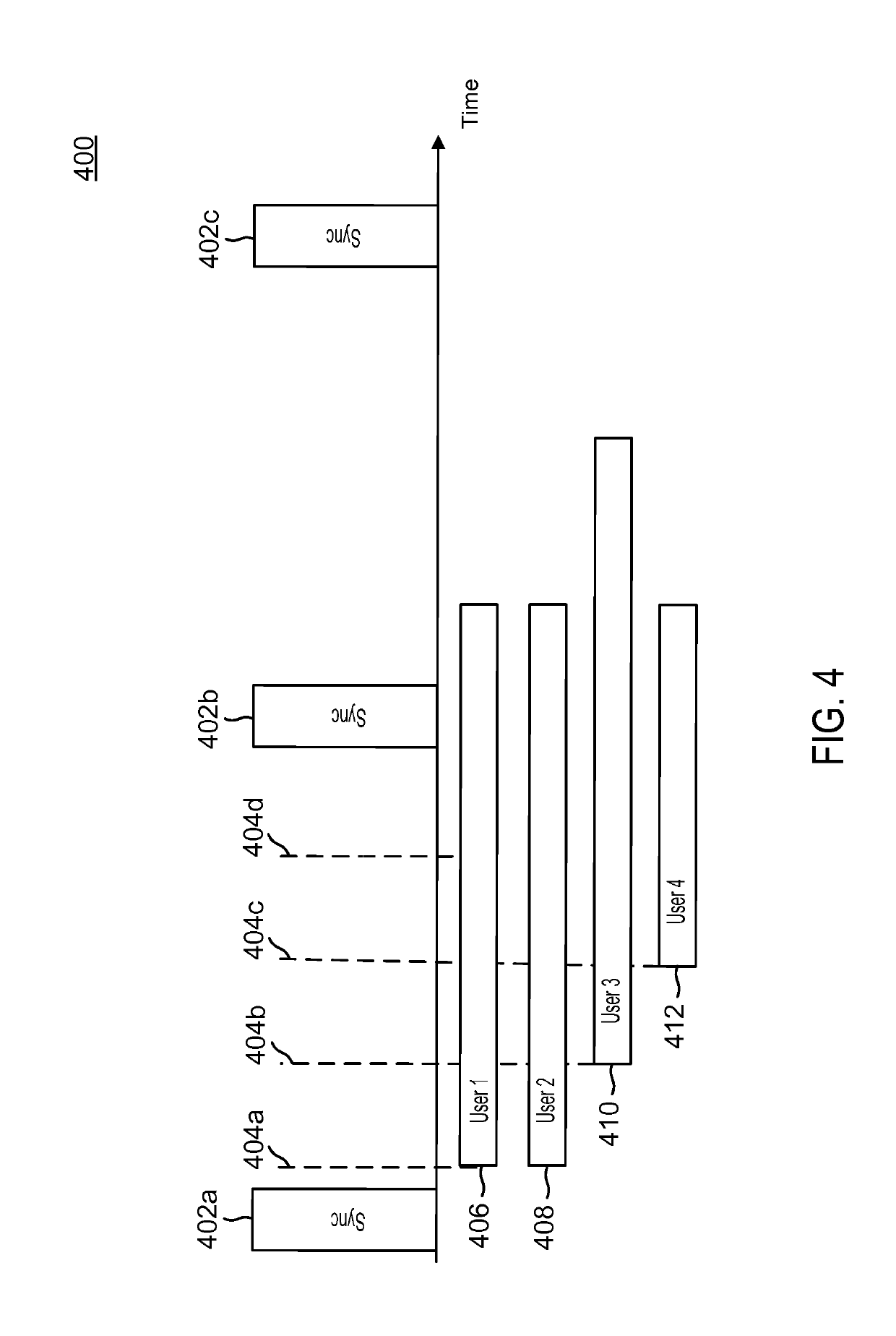Reserved resource pool assisted access resource selection for small data transmission
a technology of reserve resource pool and resource selection, which is applied in the field of wireless communication systems, can solve the problems of overhead and/or time, and achieve the effects of longer transmission time, longer transmission time, and more energy efficiency
- Summary
- Abstract
- Description
- Claims
- Application Information
AI Technical Summary
Benefits of technology
Problems solved by technology
Method used
Image
Examples
Embodiment Construction
[0005]The following summarizes some aspects of the present disclosure to provide a basic understanding of the discussed technology. This summary is not an extensive overview of all contemplated features of the disclosure, and is intended neither to identify key or critical elements of all aspects of the disclosure nor to delineate the scope of any or all aspects of the disclosure. Its sole purpose is to present some concepts of one or more aspects of the disclosure in summary form as a prelude to the more detailed description that is presented later.
[0006]Instead of access request / grant it may be more energy efficient to implement a grant-less transmission regime. For grant-less transmission, the IOE device directly starts transmission of its data (which is typically a small amount as compared to voice / video / etc.) without waiting for the base station (or other network element) to assign access resources. To enable this, a common pool having a finite number of access resources (such ...
PUM
 Login to View More
Login to View More Abstract
Description
Claims
Application Information
 Login to View More
Login to View More - R&D
- Intellectual Property
- Life Sciences
- Materials
- Tech Scout
- Unparalleled Data Quality
- Higher Quality Content
- 60% Fewer Hallucinations
Browse by: Latest US Patents, China's latest patents, Technical Efficacy Thesaurus, Application Domain, Technology Topic, Popular Technical Reports.
© 2025 PatSnap. All rights reserved.Legal|Privacy policy|Modern Slavery Act Transparency Statement|Sitemap|About US| Contact US: help@patsnap.com



